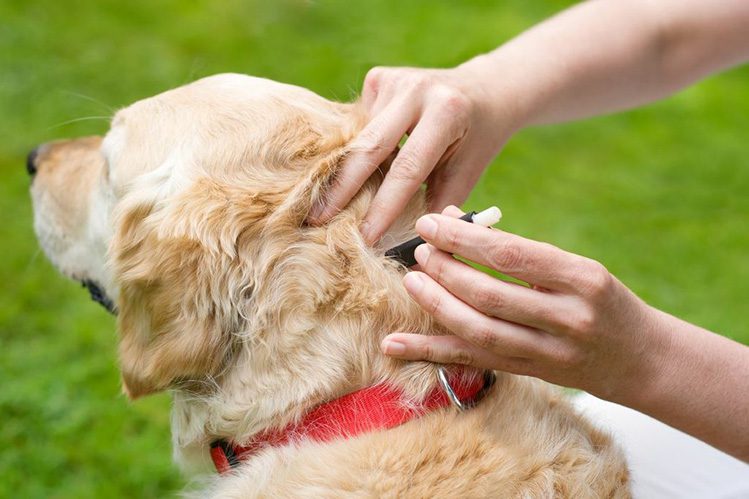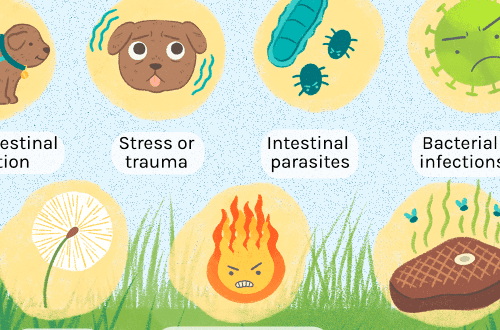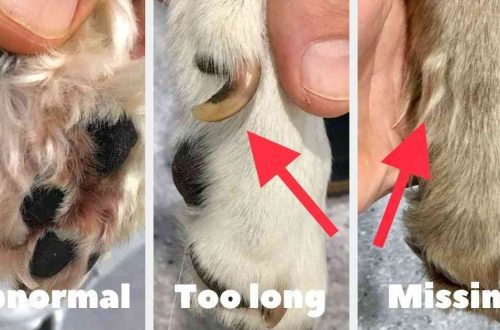
Protecting dogs from babesiosis (piroplasmosis)
In our country, there are ixodid ticks of 6 genera and more than 400 species. Each tick is a potential carrier of dangerous diseases both for us and for our four-legged pets. But if, after a trip to nature, we can easily examine our skin and wash clothes, then it is very difficult to detect a parasite on a dog’s coat in a timely manner.
And in this case, every hour counts: already on the second day after the bite, a satiated tick gets rid of excess blood drunk, injecting it (along with its saliva) back into the wound. If the tick really carries babesiosis, then along with the saliva, the causative agent of the disease will also enter the dog’s blood.
A dog can “catch” a tick not only during a long hike through the forest, but also while walking in your favorite park or even sitting at home. Ticks do not live on trees, as is commonly believed, but in shrubs and tall grass. And other animals or people can bring them home.
A tick bite is an unpleasant phenomenon in itself, but the greatest danger lies in the possible infection of a dog with babesiosis (piroplasmosis).

Babesiosis is a parasitic blood disease that is extremely dangerous for dogs. In the absence of timely intervention, the consequences of infection are the saddest: 90% of dogs die without treatment.
The task of every responsible owner is to protect the pet from parasites. Moreover, with a competent approach and with modern means, it is not difficult to do this at all.
Ticks are active from snow to snow, i.e. from the onset of spring and almost until the end of autumn, at temperatures from +5 C. Even at 0 C, they can be dangerous.
To protect your pet from the bite of parasites, it is better to treat it with special insecticide-acaricidal preparations all year round. These drugs include:
- Drops from ticks
Drops from ticks are applied to the withers of adult dogs and puppies according to the instructions.
High-quality drops are very effective: they begin to act a day after treatment, destroy 99% of ticks in just a few hours.

- Spray
Sprays (eg: Frontline) against ticks are very easy to use and suitable for absolutely all dogs and puppies, even if these pets fall under the restrictions in the treatment of drops.
The drug begins to act almost immediately after application and is waterproof.
It is completely safe, easy to dose and can be used to treat debilitated and sick animals, pregnant and lactating bitches, as well as very tiny puppies, literally from the 2nd day of life. However, the spray is less effective than drops and tablets, so before choosing a drug you need to consult with your doctor.
- Chewable tablets
Chewable anti-tick tablets are perhaps the most effective and easy-to-use remedy. It is enough to give the dog one tablet (and the pet, as a rule, eats it with pleasure) – and reliable protection against infection is provided for a period of 30 days, up to 12 weeks.
The tablet begins to act very quickly and after a few hours provides sufficient protection. During the action of the drug, the tick dies as soon as it starts laying a food channel, without reaching the blood vessel. This makes infection impossible.
These are the main means of protecting dogs from piroplasmosis, but if the infection does occur, then neither a drop, nor a spray, nor even a chewable tablet will correct the situation.
At the slightest suspicion of infection, the dog should be taken to the veterinarian as soon as possible so that he takes a blood sample, diagnoses the disease and begins treatment.
For the treatment of babesiosis, antiprotozoal drugs are administered to animals and concomitant therapy is prescribed.
Babesiosis is a dangerous disease, and every dog owner needs to be aware of its symptoms in order to respond to them in time.
Symptoms of infection with piroplasmosis
Heavy, rapid breathing
Lethargic, apathetic behavior
An increase in body temperature over 39,5 C
The presence of blood in the urine, dark beer-colored urine
Weakness, difficulty moving
Paralysis
Intestinal atony
Vomiting and diarrhea
Pale or yellow mucous membranes.
The symptoms of babesiosis are insidious. They appear within 2-5 days or at lightning speed, within just one day, especially in young dogs. Without timely treatment, an infected dog dies. Delay in contacting a veterinarian is dangerous.
Immunity to babesiosis is not developed. Each dog, even if it has already suffered this disease, needs systematic treatment.
Be careful and do not risk the health of your wards!

The article was written with the support of an expert: Mac Boris Vladimirovich, veterinarian and therapist at the Sputnik clinic.






